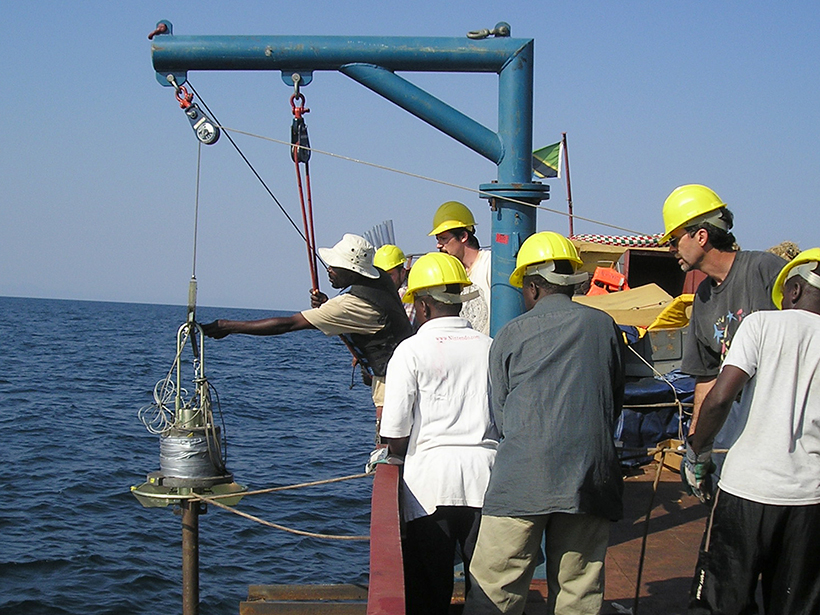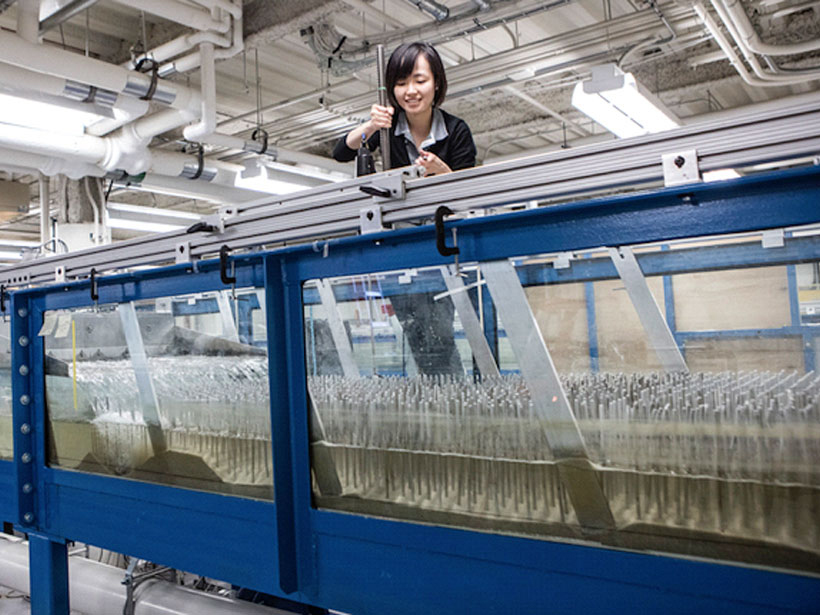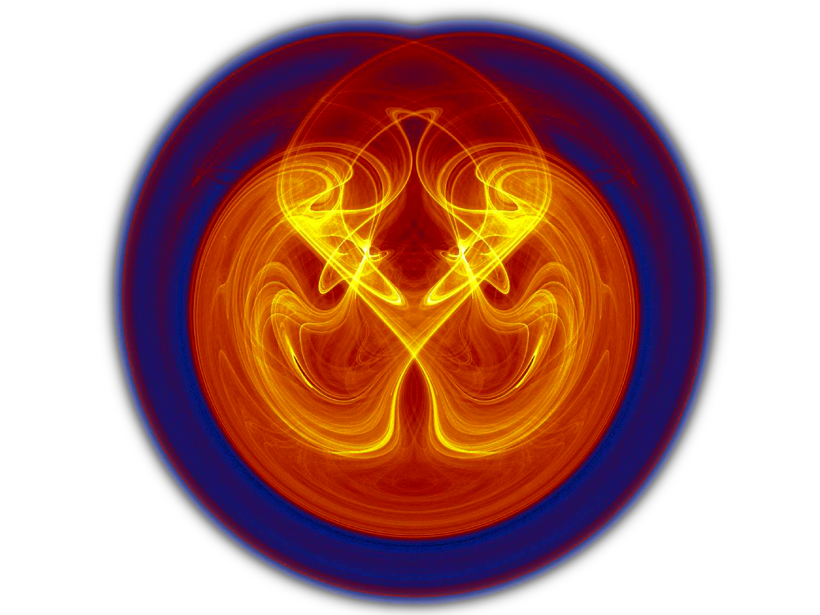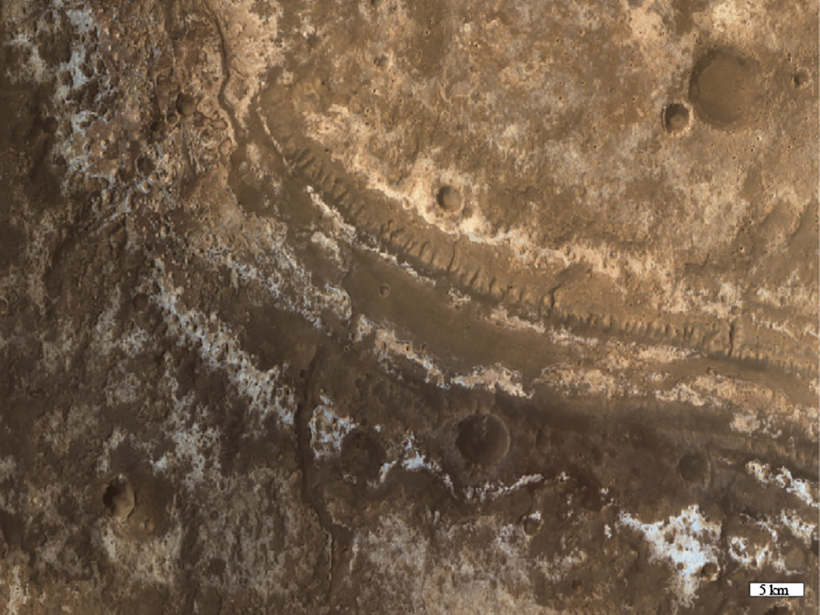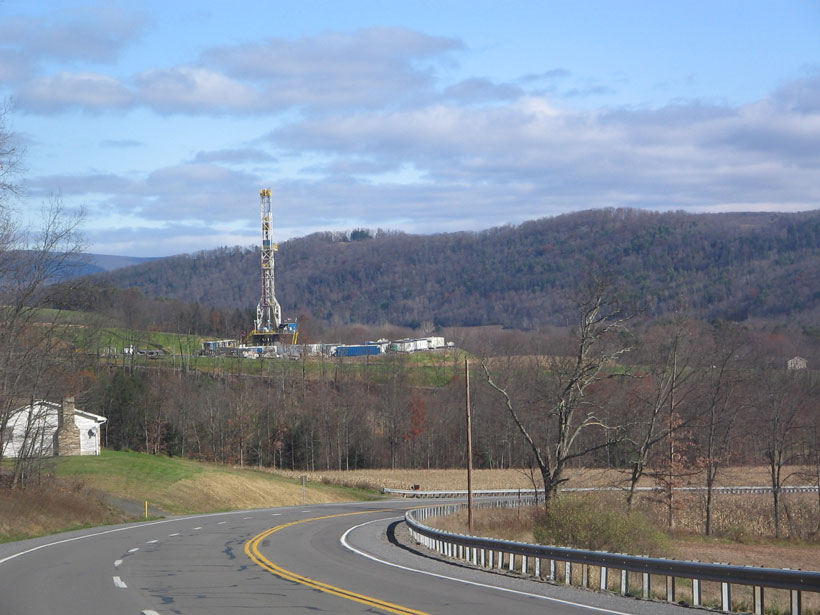A new model will help climate models better interpret paleoclimate reconstructions derived from lake sediment and could improve predictions of future climatic conditions.
Research Spotlights
Research spotlights are plain-language summaries of recent articles published in AGU’s suite of 24 journals.
New Study Shifts Paradigm of Coastal Sediment Modeling
A new model improves predictions for sediment movement in vegetated shoreline zones and reveals a universal predictor that could change the understanding of coastal landscape evolution.
Celebrating a Century of Nonlinearity Across the Geosciences
Nonlinear concepts have evolved and become increasingly applicable to a wide range of geoscience inquiries, thus setting the stage for exciting new advances during AGU’s next 100 years.
No Underground Magma Ocean on Jupiter’s Fiery Moon?
A new study suggests alternative explanations for Io’s unusual magnetic field.
How Will the Jet Stream Respond to Future Warming?
Simulations that test different approaches to modeling radiation suggest a commonly used scheme fails to fully capture changes in midlatitude circulation associated with climate change.
Did a Volcanic Eruption in 1783 Change the Climate in Europe?
A new model of the Laki eruption in Iceland suggests that normal climate variability was to blame for the anomalously warm summer.
Detecting Carbonates on the Surface of Mars
A new study shows how a warm, wet climate weathered rocks on early Mars.
Can Patches of Cold Air Cause Thunderstorms to Cluster?
Small-scale collisions between pools of cold air may play an important role in organizing hurricanes and other crucial atmospheric phenomena, according to newly developed conceptual models.
In Pennsylvania, Methane Emissions Higher Than EPA Estimates
Although methane emission estimates from underground coal production appear to be accurate, the calculated emissions from natural gas production are underreported.
New Global Analysis Reveals Amount of Sediment on the Ocean Floor
Researchers calculate that there are ~3.37 × 108 cubic kilometers of sediment on the world’s ocean floor.

